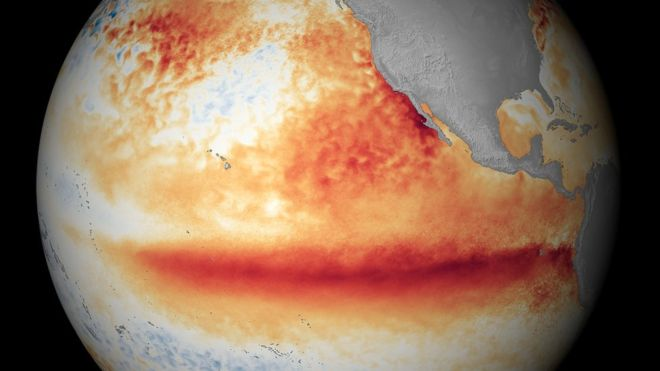“El Niño is Coming…”
You’ve heard the cries, the warnings, the doubts…what does it mean for you? In short, it means be prepared for the sudden and prolonged weather events due to larger than normal precipitation occurrences. Develop a plan to keep your construction schedule moving. For more information about “El Nino”, read on…

Have a Plan…
El Niño
El Niño often gets credit for being its own event but it is actually part of the ‘El Niño Southern Oscillation’ or the ENSO cycle. The ENSO Cycle is simply a name for the warm and cold phases that ensue every two to seven years with profound effects on weather and climate throughout the world. El Niño is the warm phase of this two part cycle. We have already begun seeing the warm phase (El Niño) of the ENSO cycle occur as the winter season ushers in much needed rain for the western U.S. while developing drought conditions prevail in the eastern hemisphere. For those unfamiliar with the causes of El Niño, it is related to variations in sea temperatures in the Pacific Ocean with higher air surface temperatures …which are occurring right now.

El Niño events are generally 9-12 months long with larger impacts in the winter season. However it is not out of the question for a multiple year episode to occur. Being able to predict the impacts that follow, such as flooding, is imperative for preventing fines and environmental pollution on your construction site.

La Niña La Niña is the cooling of the equatorial Pacific Ocean, and the other part of the ENSO cycle. La Niña is has the opposite effects seen during El Niño. Although La Niña does not always follow El Niño, it generally produces drier conditions in the Western Hemisphere and significant amounts of rain in the Eastern Hemisphere.
Evidence shows that 75% of all La Niña events will follow after an El Niño episode and the impact can produce a variety of results including heat waves, cyclones, and hurricanes. In September of 1998, Hurricane Georges, Ivan, Jeanne, and Karl all occurred simultaneously along with cyclone formation in various parts of the United States. Chances of La Niña are expected to arrive in the latter half of 2016.
